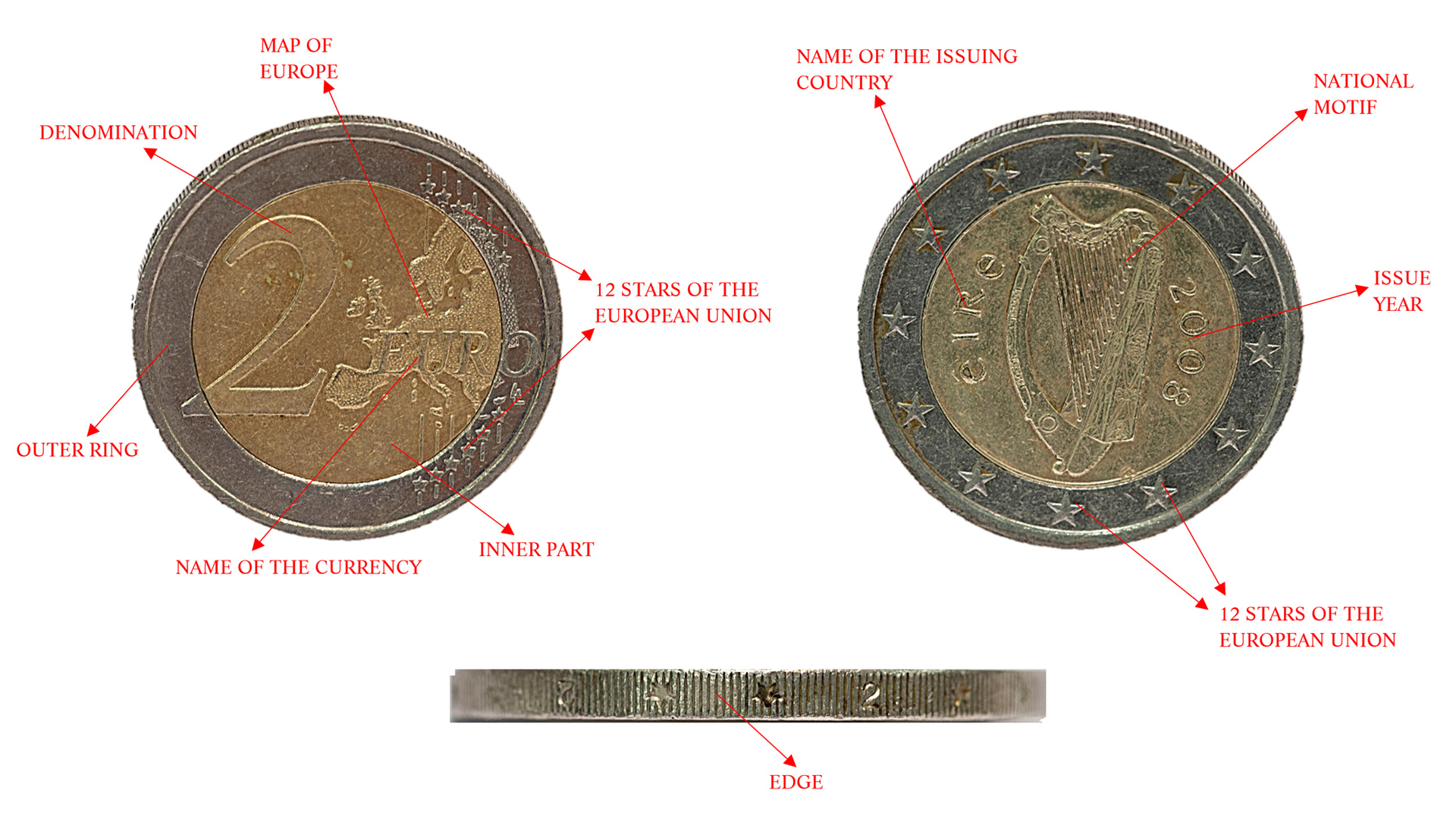For all information related to counterfeit banknotes or coins please e-mail an inquiry to: ncc.hr@hnb.hr
How to recognise a genuine banknote?
Genuine banknotes are easy to recognise if we know how to check the security features that are found on the banknotes. It is very rare that genuine banknotes differ significantly from counterfeit ones in terms of their size, colour or main motifs. It is therefore recommended to check several security features.
The instructions below will help you to make these checks easily with no expert knowledge required. Feel a banknote, look at it and tilt it to check it for authenticity.
FEEL – the quality of the banknote paper (crispiness, elasticity) and the intaglio print. A hundred percent cotton paper is much more resilient and resistant to wear and tear than common commercial paper.
LOOK – at the banknote and hold it against the light to check the watermark, the security thread and the see-through register.
TILT – the banknote to see the shifting image in the silvery stripe and the security features printed in iridescent ink or optically variable ink, for example, the emerald number displayed on euro banknotes.
CHECK – Thorough checks of all security features are carried out by authentication devices (UV lamp, magnifier, IR camera, etc.).
If you have any doubts, compare the suspect banknote with a genuine banknote of the same denomination.
If you are still in doubt, ask an employee of a bank or financial institution to check the banknote for authenticity, or send the suspect banknote with an Application for technical analysis to the Croatian National Bank to be analysed.
Educational videos
A detailed description of the security features checking procedure for euro banknotes is available on the CNB’s educational website and the ECB website.
How to recognise a genuine coin?
Genuine coins are easy to recognise if we know how to check the security features that are found on the coins. It is very rare that genuine coins differ significantly from counterfeit ones in terms of their size, weight or main motifs. It is therefore recommended to check several security features.
The instructions below will help you to make these checks easily with no expert knowledge required. Coins are checked for authenticity by means of a magnifying glass.

MOTIFS – check the clarity and sharpness of details.
RELIEF – check the sharpness of the edges of relief motifs and inscriptions.
EDGE – check the millings, the clarity of the markings and the readability of the inscription on the coin edge.
If you have any doubts, compare the suspect coin with a genuine coin of the same denomination.
If you are still in doubt, ask an employee of a bank or financial institution to check the coin for authenticity, or send the suspect coin with an Application for technical analysis to the Croatian National Bank to be analysed.
What to do with counterfeit cash?
Counterfeit currency should be immediately handed over at the nearest police station. Police officers send all counterfeit banknotes and coins for technical analysis to the Croatian National Bank.
The use of counterfeit currency is equally illegal and punishable as its production. Counterfeit currency cannot be exchanged for genuine currency.
Can I use a "money detector pen" to check whether a banknote is genuine?
The Croatian National Bank does not recommend using the so-called "money detector pen" to check the authenticity of banknotes due to the unreliability of the method and the possibility of false positive results.
The marks left by the "money detector pen" can vary in intensity depending on the substrate of counterfeit banknotes, and often leave no trace at all. This can lead users to mistakenly believe they have a genuine note.
